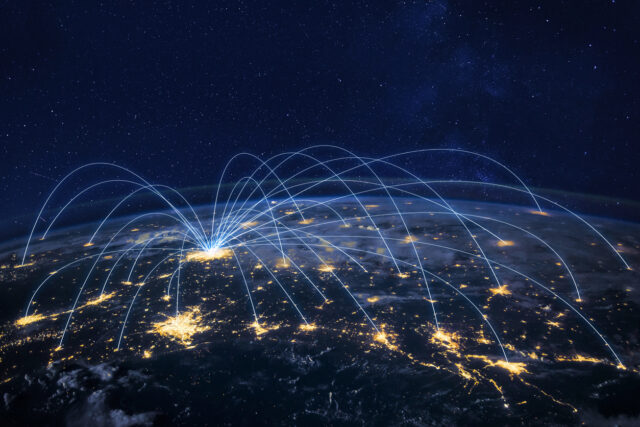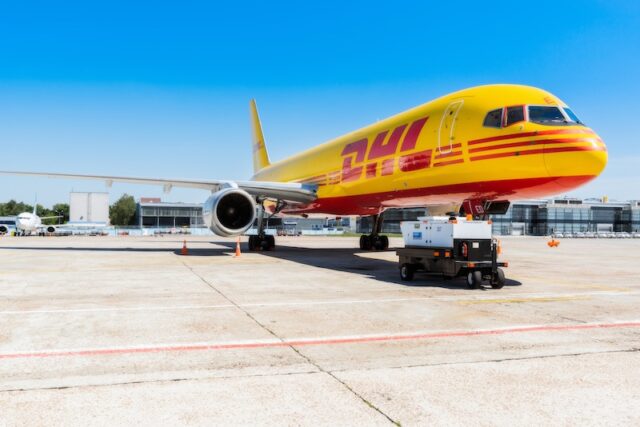The ongoing disruption of shipping passing through the Suez and Panama Canals has caused the cost of worldwide shipping to spike.
The damage, however, is not limited to higher prices and delays. New data from the United Nations Conference on Trade and Development has shown that the disruption of the world’s two busiest man-made waterways is incurring a heavy carbon cost as well.
An unprecedented challenge
The concurrent disruption of traffic through the Suez and Panama Canals is the first time in history that two waterways of this scale have been affected simultaneously. The impact on global trade has been immense.
In Q4, the worldwide cost to ship a 40-foot container nearly doubled compared with November of last year, and a UN report observed weekly pricing spikes of over $500 in the last week of December 2023.
In the Panama Canal, low water levels have halved the rate at which ships can traverse the 50 mile stretch of water. As a result, long queues have developed, with some captains paying as much as $4 million late in 2023 to jump to the front of the line. Those unwilling or unable to pay inflated rates must choose between weeks spent waiting in line and long, inefficient journeys around the southern tips of either Africa or South America.
Houthi military action against Israeli shipping in the Red Sea is having a similar effect. Approximately 22% of global seaborne container trade passed through the Suez canal in 2023. However, the risk of attack has caused many captains to avoid the canal, instead opting for a longer route round the Horn of Africa. The result is that container tonnage passing through the canal fell by 82% by the first half of February 2024.
The carbon cost of disruption
There is an additional, potentially more pernicious cost, to the reduction in shipping through both the Panama and Suez Canals.
Faced with delays and longer diversions, many cargo ships are increasing their average sailing speed. The results are a dramatic increase in emissions which the UNCTAD fears will “erode the environmental gains achieved through ‘slow steaming’, as rerouted vessels increase speeds to cover longer distances.”
Slow steaming is a technique that has found favour in recent years as a way of cutting the emissions of global cargo shipping fleets. Reducing the sailing speed of a cargo ship by 10% compared with the planned speed results in a 27% reduction in CO2 emissions. Rough seas and bad weather further exacerbate the effect. Hazardous conditions like those surrounding the Cape of Good Hope or the Horn of Africa force captainsto used their engines less carefully. As a result, they emit more carbon as their engines run longer and faster.
By comparison, increased speed uses significantly more fuel. A 1% increase in the speed of a large cargo ship increases the amount of fuel it uses by around 2.2%. For example, accelerating from 14 to 16 knots increases fuel use per mile by 31%.
UN data suggests that, by rerouting from the Suez Canal to the Cape of Good Hope, cargo ships could incur a 70% increase in greenhouse gas emissions for a round trip from Singapore to Northern Europe.
While the current disruptions affecting the Suez and Panama Canals will pass in time, they will not be the last. The climate crisis is worsening. At the same time, geopolitical tensions are also increasing around the world. As a result, global supply chains are increasingly under threat, along with any ground already gained towards decarbonising the shipping sector.
- Sourcing & Procurement
- Sustainability










